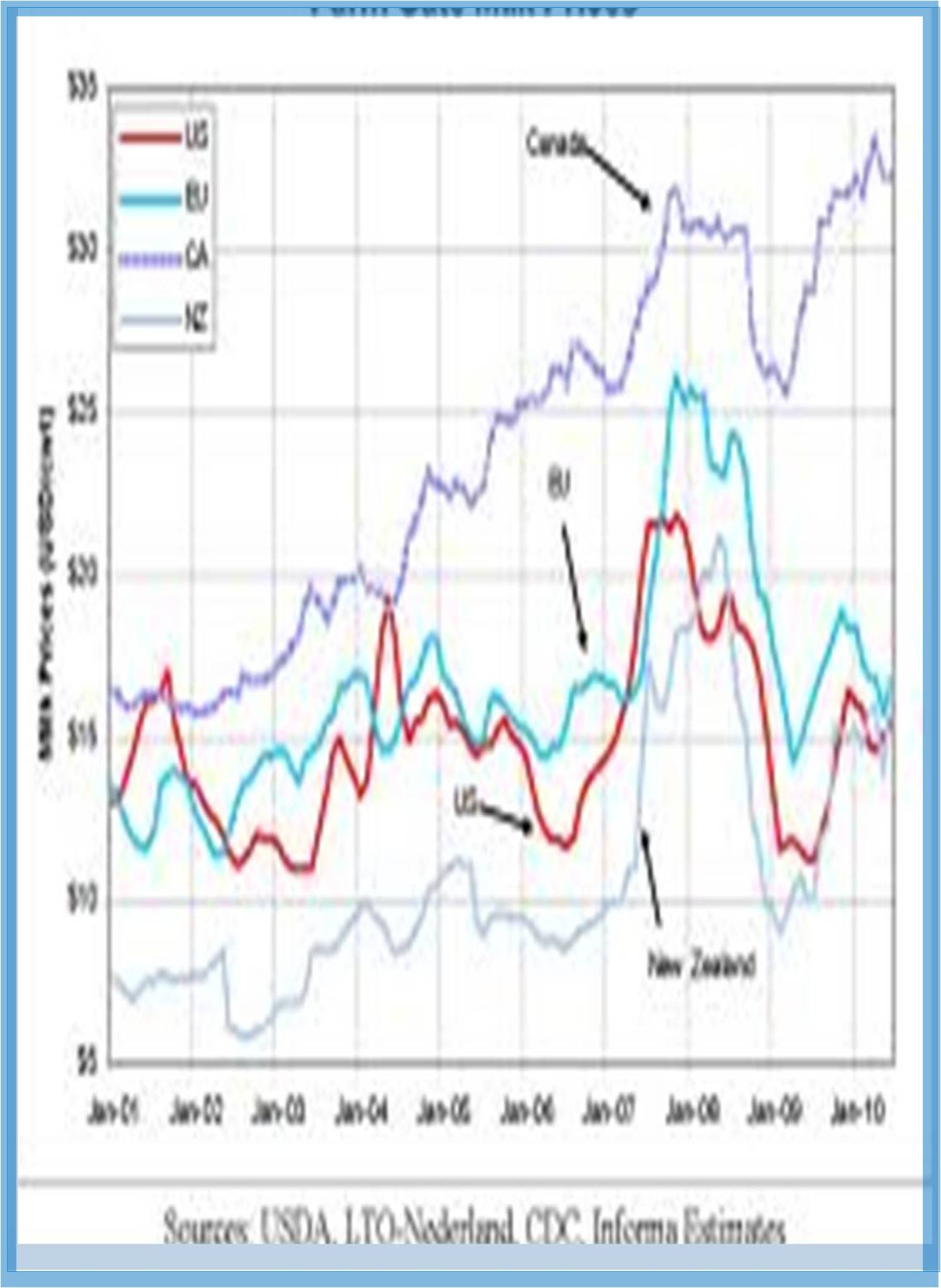



Received: 21-Jan-2022, Manuscript No. GJAEE-22-63280; Editor assigned: 25-Jan-2022, Pre QC No. GJAEE-22-63280(PQ); Reviewed: 15-Feb-2022, QC No. GJAEE-22-63280; Revised: 22-Feb-2022, Manuscript No. GJAEE-22-63280(R); Published: 01-Mar-2022, DOI: 10.15651/GJAEE.22.10.005
Econometrics develops the economic models to explain consistently recurring relationships. Their models link one or more economic variables to other economic variables. For Example, economists connect the amount of individuals spend on consumer goods to disposable income, wealth and expect consumption to increase as disposable income and wealth increase that is, the relationship is positive.
In such cases like this economists turn to econometrics. Econometrics uses economic theory, mathematics and statistical inference to quantify economic phenomena. In other words, it turns theoretical economic models into useful tools for economic policymaking. Applied econometricians, by contrast, we should use econometric techniques developed by the theorists to translate qualitative economic statements into quantitative ones. Because applied econometricians are closer to the data, they often run into and alert their theoretical counterparts to data attributes that lead to problems with existing estimation techniques.
An econometrics analyzes data using statistical methods in order to test or develop economic theory. These methods rely on statistical inferences to quantify and analyze economic theories by leveraging tools such as frequency distributions, probability, probability distributions, statistical inference and correlation analysis, simple and multiple regression analysis, simultaneous equations models and time series methods.
Example for the application of econometrics is to study the income effect using observable data. The first step to econometric methodology is to obtain and analyze a set of data and define a specific hypothesis that explains the nature and shape of the set. Econometrics is now conducted using statistical analysis software packages designed for these purposes, such as STATA, SPSS or R. Econometrics is sometimes criticized for relying too heavily on the interpretation of raw data without linking it to established economic theory or looking for causal mechanisms.
Econometrics find its applicability across all industries, including but not limited to finance, agricultural, legal, education, information, health, IT, insurance, natural resources, manufacturing, geography, welfare, telecom, digital, ecommerce, international business and so on.
The purpose is to use statistical modeling and analysis in order to transform qualitative economic concepts into quantitative information that individuals can use. For example, policymakers can use the information to create new fiscal and monetary policies to stimulate the economy.
Salary and productivity, early econometricians used market statistics compiled over time to study the relationship between changes in price and demand. Others used family-budget applied econometrics refers to the idea of how economic data and theories are used to draw conclusions to improve decision-making and assist in solving economic issues. Its purpose is to enable the government, policymakers, businesses and financial institutions to gain insight into possible solutions that can be used to solve economic problems. In the past, econometricians have studied patterns and relationships between different economic concepts.
Statistics broken down by income level to estimate relationships between income and expenditure, such studies show which commodities are elastic in demand i.e., the quantity sold responds to changes in price and which are inelastic, the quantity sold is less responsive to changes in price. After the mid-1930s the development of national income accounting and of macroeconomic theory opened the way for macroeconomic model building, which involved attempts to describe an entire economy in mathematical and statistical terms. A major purpose in the development of macro models has been to improve economic forecasting and the analysis of public policy. Models have also been applied to the analysis of economic fluctuations and economic growth.